

Engage prospects with a scan and streamline customer engagement with FREE QR code marketing tools by Sona – no strings attached!
Create a Free QR CodeFree consultation

No commitment

Engage prospects with a scan and streamline customer engagement with FREE QR code marketing tools by Sona – no strings attached!
Create a Free QR CodeFree consultation

No commitment
In today's digitally driven world, QR codes have evolved from a novelty to a strategic powerhouse that bridges offline engagement with online action. For credit card protection services, these codes are emerging as one of the few channels capable of identifying, educating, and securely activating customers across both physical and digital surfaces. Financial providers constantly face the challenge of missing high-value prospects: those who might scan a mailer or view an in-branch display but never make it into CRM systems. Without the right tools and strategies, these engagements often go untracked, leading to lost opportunities for building lasting relationships and increasing protection adoption.
Whether combating the rise of invisible credit card scams, helping customers take immediate action during suspicious activity, or supporting frictionless onboarding for new security tools, QR technology offers a dynamic way to address these pain points. The ability to rapidly route customers to secure portals, pre-fill forms, or dynamically update response instructions reduces complexity and risk, tackling the visibility gaps that often leave valuable leads unknown and unpursued.
This article outlines proven QR strategies to protect sensitive data, ensure only safe QR code experiences, and build meaningful engagement at every stage. Credit card protection providers can avoid missed segmentation and targeting opportunities while boosting conversion rates and customer loyalty in a fragmented financial landscape.
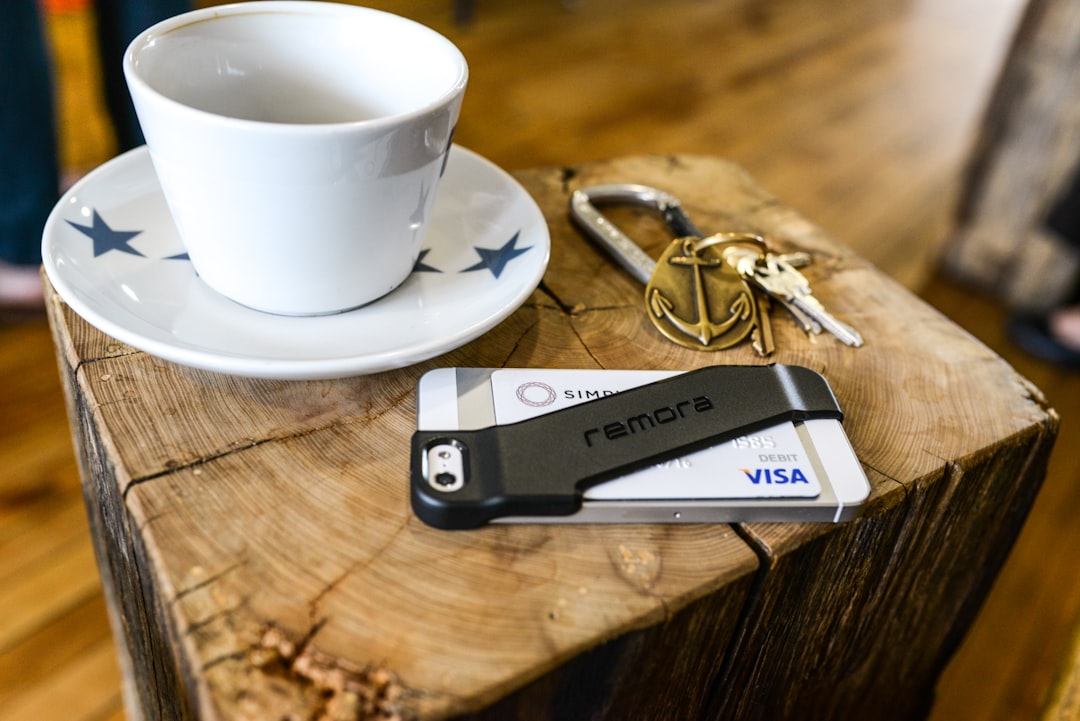
For many providers, incomplete or outdated account data has long made it difficult to personalize outreach and act on real signals of intent. QR codes offer a bridge, enabling every physical or digital engagement to be logged, contextualized, and tied back to a customer profile for strategic follow-up. When implemented with secure infrastructure and clear calls to action, QR experiences remove friction at critical moments such as onboarding, dispute resolution, and fraud reporting.
Here is how to make QR codes deliver for security and engagement while replacing outdated, analog processes that slow customers down and create blind spots for your team:
These steps are designed for growth marketers, operations leaders, and risk teams who want to replace outdated workflows, improve customer experiences, and drive tangible impact. Platforms like Sona QR are built to support secure provisioning, intuitive design, and full-funnel analytics so you can scale with confidence. Start creating QR codes for free at Sona QR.
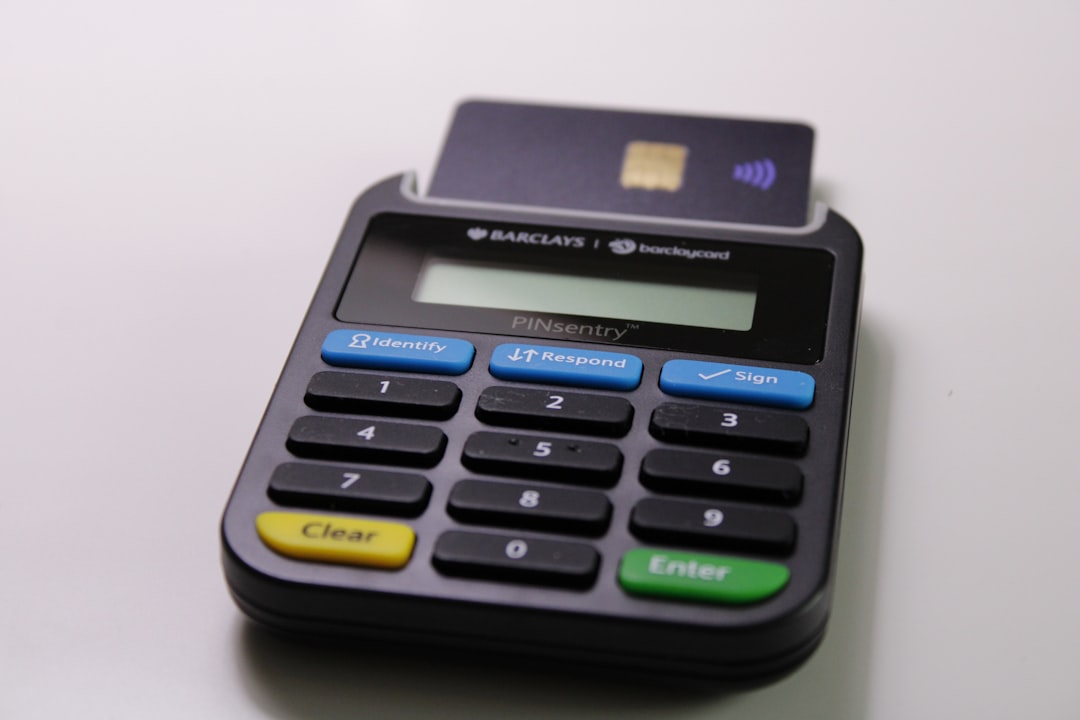
A persistent challenge for credit card protection services is the lack of visibility into who is engaging at each touchpoint: whether it is a recipient scanning an awareness mailer or a customer verifying their identity in-branch. Potential leads too often remain unknown, with no clear follow-up or opportunity to deepen engagement. QR codes directly address this by serving as digital connectors: embedding secure access points into account-opening kits, fraud alerts, or point-of-sale materials, so every customer journey step is both measurable and actionable. For resolving anonymous-to-known gaps, see Sona’s blog post on account identification.
Dynamic QR codes also enable continuous optimization without the cost and delay of reprints. If a fraud pattern emerges, you can instantly update a QR destination to a relevant advisory, a live support queue, or a verification flow. This agility is especially valuable in a threat landscape where tactics change rapidly and outdated guidance can create confusion or risk.
In financial services, the difference between a customer acting now and acting later often determines fraud exposure and churn risk. QR codes make action immediate and measurable, which is why they are increasingly central to credit card protection strategies.
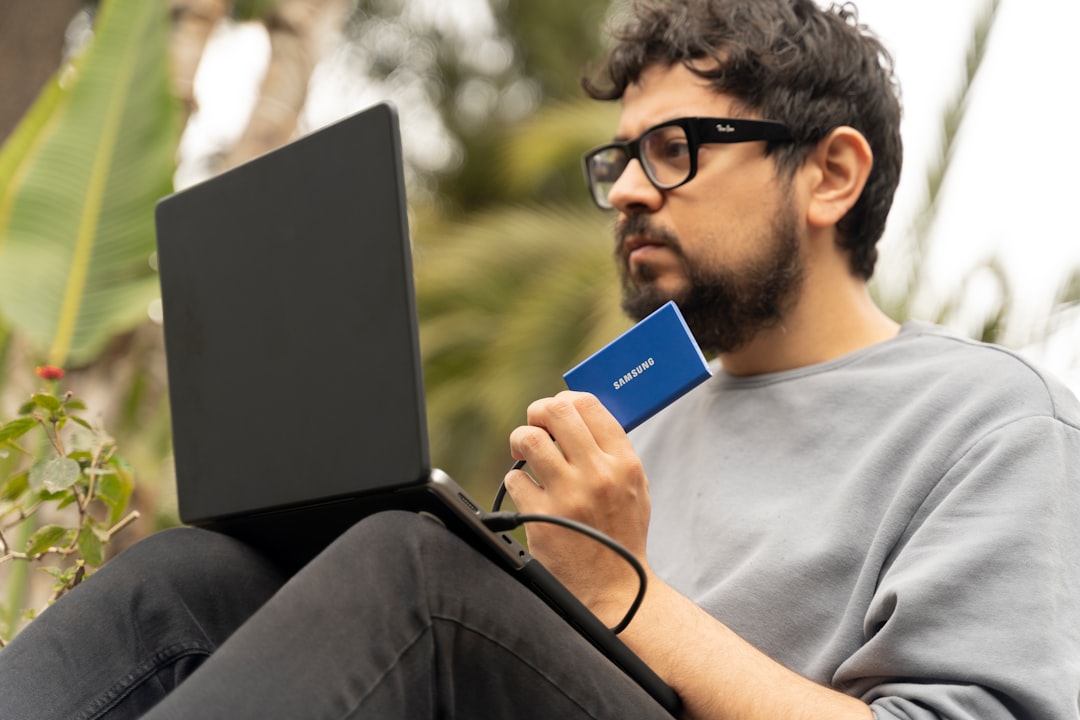
Credit card protection providers frequently encounter inconsistencies in how engagement data is captured. Many lose sight of anonymous users who interact via educational materials or service upgrades, which can harm segmentation and personalization efforts. A standardized QR blueprint ensures every scan is categorized, secured, and routed to the right next step.
Start with the formats most aligned to your workflows and data needs:
Use dynamic QR codes with audit trails and compliance controls whenever you need editability, attribution, and journey orchestration. Static codes are best reserved for evergreen content that will not change and does not require analytics.
Growth often hinges on transforming every offline or anonymous engagement into a recognizable audience, with QR codes acting as the connective tissue. Historically, providers have missed out on following up with high-intent prospects who interacted briefly at ATMs, in-branch events, or via physical mailings. When QR codes are embedded at these trust-heavy intersections, downstream activity can be tied to real engagement patterns rather than guesswork.
Prioritize the environments where customers are open to learning or taking action, then calibrate the destination and CTA accordingly. Each placement can promote a specific micro-journey, such as exploring protection features, enrolling in alerts, or initiating a dispute.
The goal is not to blanket every surface with codes, but to create a few highly relevant, well-instrumented entry points. This approach makes engagement measurable and fosters a predictable pipeline of qualified, security-minded leads. See intent-driven retargeting.
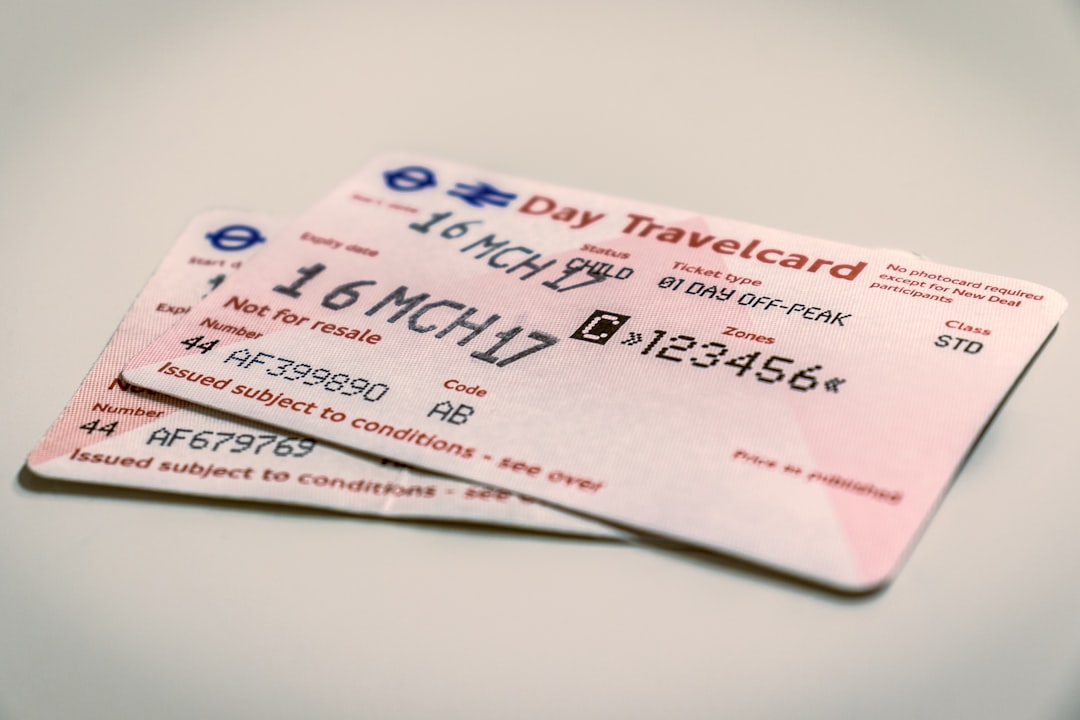
Disconnected campaigns and siloed messaging often create confusion, reduce cross-sell potential, and increase churn. QR codes make it easier to map customer actions to individualized experiences that align with each stage of the journey, from awareness to active protection.
Focus your initial deployment on a few high-impact use cases that bring immediate clarity and value. By concentrating on conversion-critical journeys, you can demonstrate ROI quickly and then expand.
When these use cases are tied to analytics and CRM, every scan helps identify customers’ needs and readiness for advanced protection plans, enabling thoughtful cross-sell and retention strategies.
For many credit card protection services, activation and engagement signals remain buried, causing missed upsell or cross-sell opportunities. Each QR scan is a real-time indicator of intent and context. By distributing codes across touchpoints, you can segment audiences automatically and orchestrate follow-up that feels timely and relevant.
Begin by aligning codes to the buyer journey and service lifecycle. A scan from a statement insert says something different about intent than a scan from a branch seminar or an app download prompt. Tagging and segmentation translate those signals into action.
In this vertical, useful audience distinctions include existing cardholders versus prospects, high-risk segments such as recent fraud reporters versus prevention-focused learners, and business owners versus consumers. Treat each group with tailored education, timelines, and offers that reflect their intent.
One of the most common frustrations in credit card protection marketing is inconsistent messaging and the loss of momentum across channels. QR codes serve as secure, measurable connectors that reduce brand confusion and ensure prospects receive context-aware content wherever they engage. When codes are integrated thoughtfully, your offline assets become onramps to your digital funnel, and your analytics become more complete.
Use QR-driven insights to unify campaign measurement. Attribute revenue and retention back to specific creative assets or placement strategies. This allows you to allocate spend based on scan-to-conversion performance rather than guesses about which channel contributed. Learn more about offline attribution.
QR codes serve as the offline onramp to your digital marketing engine. With a centralized platform like Sona QR, you can manage all codes, monitor performance in real time, and sync scan data with your CRM and ad platforms to keep every campaign connected.
Rolling out QR campaigns in a regulated environment requires clarity, coordination, and guardrails. Use the following steps to plan, build, and scale programs that are secure, trackable, and aligned to business outcomes. Each step includes practical considerations for credit card protection use cases, from fraud response to secure onboarding.
Define a specific, measurable goal that ties directly to a business outcome. For example, drive measurable enrollment for a new fraud protection plan using QR codes on card carriers and welcome kits. Or expedite suspicious charge resolution by adding a Scan to dispute option to statement inserts.
Pick the format that supports your destination, analytics, and compliance needs. Dynamic QR codes are best for secure, updatable content and detailed tracking; static QR codes can be used for evergreen resources that do not require attribution.
Design the code and its surrounding elements to maximize trust and scannability. The visible frame, CTA, and context matter as much as the code itself.
Prioritize high-trust, high-visibility locations to capture intent at the moment it arises. Typical media for this vertical include statement inserts, in-branch signage, card carriers, ATM screens, and emails.
Measurement is what turns scans into revenue. Monitor pathways from scan to conversion and optimize targeting, creative, and destinations based on what the data shows.
A disciplined, data-first approach not only increases conversion but also builds internal confidence in QR as a revenue and retention driver. Keep an operations playbook and a centralized dashboard so marketing, risk, and support teams stay aligned.
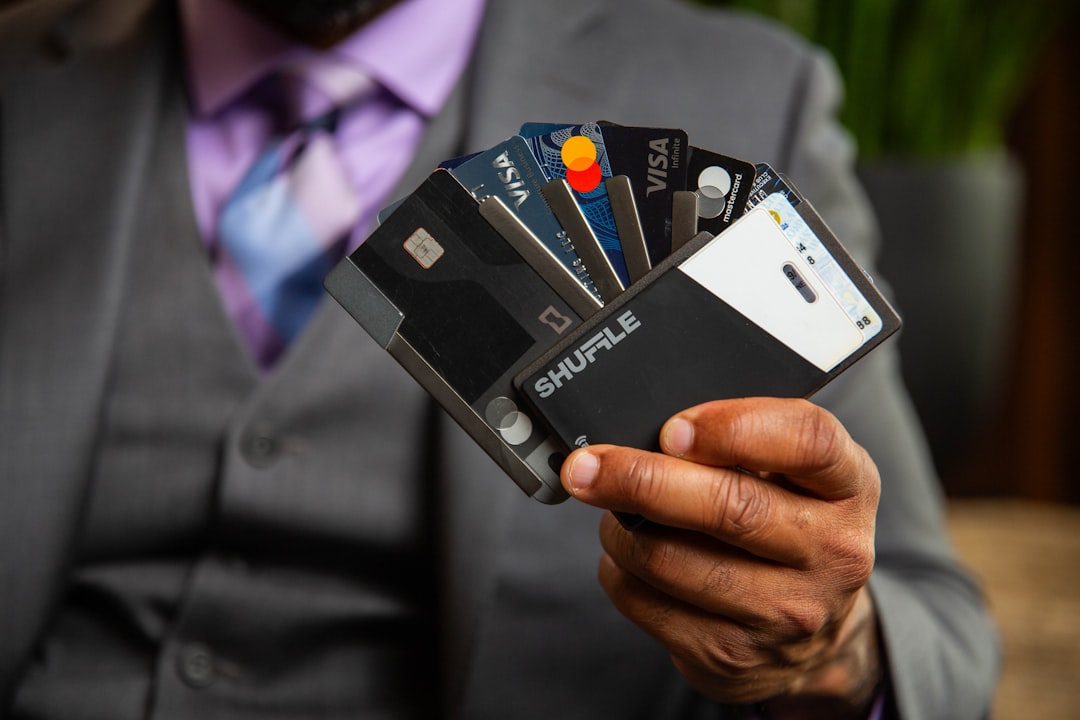
Visibility gaps in scan activity, user intent, or cross-channel ROI are a persistent pain point in security-focused service marketing. Robust analytics transform raw scans into insights that drive budget and experience decisions. Knowing a code was scanned is useful, but connecting that scan to enrollment, dispute submission, or app activation is what proves impact.
Implementing a clear analytics framework ensures each QR initiative is accountable. Attribute revenue and sign-ups to specific interactions so every step from campaign to onboarding can be optimized for cost efficiency and risk mitigation. When you can show that a statement insert in Region A drove two times the enrollment rate of Region B, optimization becomes straightforward.
The result is a feedback loop that makes QR a performance channel. Sona QR captures real-world engagement, and Sona.com turns that engagement into insights and attribution you can act on.
Campaign fragmentation often stems from generic QR usage, unclear success metrics, and untrained staff. With a few disciplined practices, you can grow scan rates and ROI while reinforcing customer trust in your brand’s security posture. Training and internal alignment are as important as code design.
Focus on the practices most relevant to your mix of physical media and digital channels. Prioritize quality over quantity, and make each code a gateway to something valuable, specific, and secure.
Creative deployment examples for this vertical include QR codes on dispute forms that pre-fill case details, scannable invoice inserts promoting advanced monitoring plans, and QR-labeled keycards for business cardholders that launch specialized support options.
Many providers have unlocked measurable growth by making previously anonymous engagement actionable. While specifics vary by institution and market, the patterns are consistent: context, clarity, and analytics drive results.
Consider these examples as inspiration for your next campaign, then tailor the CTA and destination to your product roadmap and audience needs.
Organizations also report that QR-enabled post-purchase feedback forms create valuable referral loops and real-time input for campaign refinement. This transforms one-time engagements into a continuous funnel for education, upsell, and loyalty.
Security and trust are paramount in credit card protection. QR code misuse or poorly implemented campaigns can compound existing frustrations such as spoofing, user confusion, or fragmented experiences. The right safeguards and operational habits reduce risk and increase adoption.
Treat QR as a productized capability, not a one-off tactic. Establish design standards, approval workflows, and analytics conventions. This ensures your program is consistent, scalable, and defensible.
By investing in secure QR practices and staff training, organizations see faster responses to fraud and higher lifetime loyalty. Strong execution closes the gap between offline action and digital protection, turning QR from a convenience into a competitive advantage.
QR codes are more than a shortcut; they are a core strategic tool connecting offline and online moments in the drive to reduce risk, boost conversion, and build trust within credit card protection services. By closing visibility gaps, surfacing high-value prospects previously lost to anonymous channels, and ensuring each customer journey is trackable and actionable, QR-enabled workflows offer a foundation for smarter security and engagement.
With modern platforms such as Sona QR for code management and Sona.com for attribution, providers can accelerate fraud detection, ensure consistent messaging, and deliver measurable value across every touchpoint. The path forward is clear: make every moment scannable, every scan secure, and every engagement part of a connected journey from first interaction to lifelong retention.
QR codes have revolutionized credit card protection services by transforming customer interactions into dynamic, measurable conversion opportunities. Whether it’s acquiring new clients through seamless verification, enhancing user experiences with instant fraud alerts, or streamlining secure transactions, QR codes replace cumbersome processes with fast, mobile-friendly actions that capture real-time engagement data—turning every interaction into a powerful tool for growth.
Imagine instantly knowing which customer touchpoints prevent fraud most effectively and drive increased trust, all while updating your security campaigns in real time without reprinting materials. With Sona QR, you can create dynamic, trackable QR codes in seconds, connect every scan directly to customer acquisition and retention metrics, and optimize your protection services for maximum impact.
Start for free with Sona QR today and transform every scan into a secure, engaging step toward stronger customer relationships and higher conversions.
Protect your credit card information by scanning QR codes only from trusted sources, verifying secure domains, looking for safety cues like official branding and clear calls to action, and avoiding vague or suspicious QR codes.
Signs include unclear or vague calls to action, poor design quality such as low contrast or small codes, unknown or suspicious URLs, lack of security statements, and QR codes not accompanied by trusted branding or legitimate context.
A safe QR code is placed in a high-trust environment, includes clear branding, has a visible URL preview with a secure domain (HTTPS), and is part of a verified communication from your financial provider.
Immediately report the issue to your credit card provider, monitor your account for suspicious activity, avoid entering sensitive information on suspicious pages, and follow your provider’s fraud reporting and dispute processes.
Yes, platforms like Sona QR provide secure QR code provisioning, dynamic updates, full-funnel analytics, and fraud detection capabilities that help protect credit card information from QR code-related scams.
QR codes bridge offline and online engagement by enabling secure, trackable interactions such as instant onboarding, fraud reporting, and dispute resolution, which reduces friction and improves data accuracy and customer loyalty.
Optimal placements include billing statements, card carriers, ATM screens, checkout signage, in-branch displays, customer service desks, and community events where customers have high trust and intent to act.
Common formats include dynamic web links to secure landing pages, pre-filled fraud or dispute forms, vCards for verified contacts, SMS or email templates with reference info, and app download or deep links.
Use dynamic QR codes with analytics to capture scan time, location, device, and source; measure scan-to-conversion rates like enrollments and dispute submissions; and integrate data with CRM systems for attribution and optimization.
Design QR codes with clear branding and CTAs, ensure high contrast and scannability across devices, include visible URL previews and security statements, and test codes in real-world conditions before deployment.
By creating unique QR codes for different journey stages, tagging scan behaviors, segmenting by location and timing, and syncing data with CRM and ad platforms, providers can automate targeted follow-ups and personalized campaigns.
Ensure consistent messaging across offline and online channels, use QR codes as measurable connectors, align CTAs to touchpoints, and unify analytics to attribute revenue and retention accurately.
Define a clear use case and metric, select the appropriate QR code type (dynamic or static), design and test the code with security and usability in mind, deploy in high-trust placements, and continuously track and optimize campaign performance.
QR codes enable immediate and measurable customer action such as rapid fraud reporting and verified onboarding, which shortens resolution times, improves data quality, and increases customer trust and loyalty.
Avoid poor design, weak or vague CTAs, outdated destinations, untrained staff, and using insecure or untrusted QR platforms, as these can increase fraud risk and reduce user trust.
Use Sona QR's trackable codes to improve customer acquisition and engagement today.
Create Your FREE Trackable QR Code in SecondsJoin results-focused teams combining Sona Platform automation with advanced Google Ads strategies to scale lead generation

Connect your existing CRM

Free Account Enrichment

No setup fees
No commitment required

Free consultation

Get a custom Google Ads roadmap for your business






Launch campaigns that generate qualified leads in 30 days or less.
